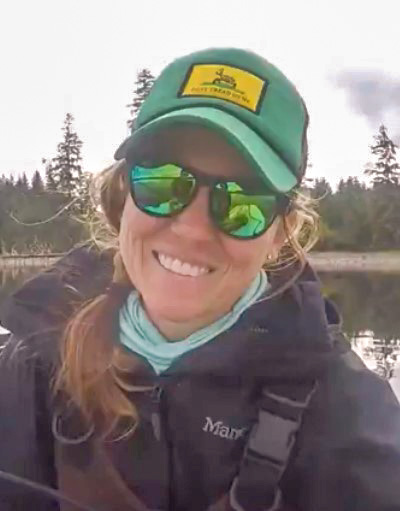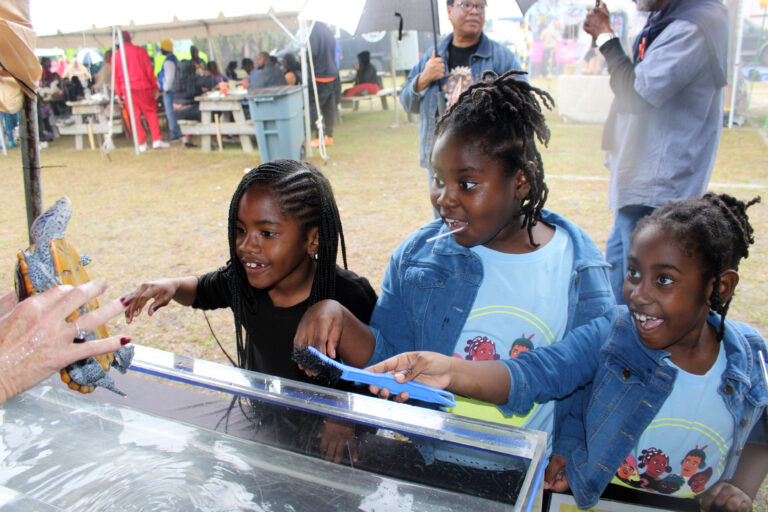Island’s marina development raises ecosystem concerns
Apalachicola Riverkeeper strives to keep our shared natural resources safe from injury, harm, or destruction, in an effort to ensure a thriving Apalachicola River and Bay, which our economy and ecology depend on.
In reviewing the St. George Island Landing proposal, Apalachicola Riverkeeper is concerned about the functional loss of ecosystem services due to activities, such as filling wetlands with spoil, loss of seagrass and marsh, runoff, and increased sewage.
The proposed development is near oyster reefs, high-quality wetlands, and seagrass beds that provide ecosystems services free of charge to the community.
Salt marsh and seagrass are highly productive natural communities. They serve as shelter or nursery grounds for many invertebrates and fish. They serve as important food sources for manatees, sea turtles, recreational and commercial species such as mullet, blue crab, shrimp, tarpon, flounder and so on. Marshes and grasses also improve our water quality by slowing down water runoff and filtering pollution. They provide erosion control by reducing the wave-energy and promote settling of suspended particulates that become stabilized by their dense roots and rhizomes.
The proposal requires the fill in of wetlands, which is inconsistent with the county comp plan regarding wetland setbacks and the protection of wetlands.
The soils along Apalachicola Bay are poorly drained with a high-water table. For three to six months of the year, the water table is within 10 inches of the ground. When wastewater hits this water table, it feeds into nearby water bodies. Increased wastewater into the Bay threatens oyster habitat and other species.
Apalachicola Bay, with an average depth of 9 feet, is a relatively shallow bay with slow flushing. Slow flushing allows for increased nutrient availability to plants and animals but can act to the detriment of a well-balanced system when wastewater and other toxic substances are detained in the bay for an extended period.
There are two oyster bars that are next to the proposed development. East Hole currently supports an oyster population; it has been a highly productive area in the past. Currently, there are four restoration reefs of one acre each. The Florida Fish and Wildlife Conservation Commission plans to deploy about 32 acres of material in that area this year. Hotel Bar has also received restoration efforts and supports an oyster population. It is possible it could receive future restoration attention given its proximity to East Hole as well as its suitable substrate.
Development should be compatible with the inherent limitations of the site. The maintenance of high-water quality of Apalachicola Bay is vital for the region’s fishery resources and industry. Although much of resource protection is traditionally a function of the state and federal government, local grassroots, proactive county planning and problem-solving serves as a strong line of defense to ensure that well-planned, community assets are compatible with our region’s economically productive environmental resources.
If this development leads to a bay closure due to poor water quality, there will be negative impacts to our regional ecology and economy.
The Apalachicola Bay is trying to recover. Let’s work together to make sure it does.
Cameron Baxley is Riverkeeper at Apalachicola Riverkeeper. She can be reached at cameron@apalachicolariverkeeper.org To learn more about Apalachicola Riverkeeper, visit apalachicolariverkeeper.org




Meet the Editor
David Adlerstein, The Apalachicola Times’ digital editor, started with the news outlet in January 2002 as a reporter.
Prior to then, David Adlerstein began as a newspaperman with a small Boston weekly, after graduating magna cum laude from Brandeis University in Waltham, Massachusetts. He later edited the weekly Bellville Times, and as business reporter for the daily Marion Star, both not far from his hometown of Columbus, Ohio.
In 1995, he moved to South Florida, and worked as a business reporter and editor of Medical Business newspaper. In Jan. 2002, he began with the Apalachicola Times, first as reporter and later as editor, and in Oct. 2020, also began editing the Port St. Joe Star.